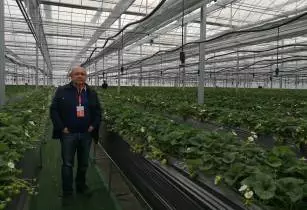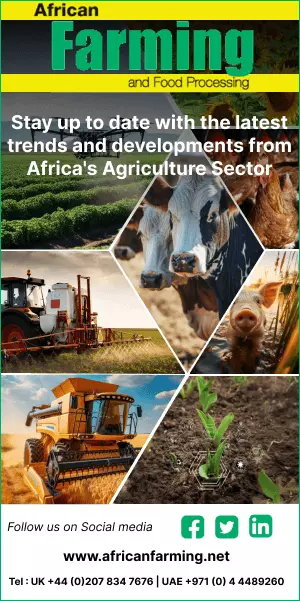The International Strawberry Symposium (ISS) will be held in Rimini, Italy from 2-6 May 2020, highlighting topics of interest to the entire strawberry supply chain, from research to industry and distribution
The event is organised by Università Politecnica delle Marche and the Italian Consiglio per la ricerca e l’economia agraria (Council for Agricultural Research and Economics - CREA), in association with the International Society for Horticultural Science (ISHS).
More than 300 scientific presentations and more than 1,000 industry professionals are expected from all over the world during the event.
The symposium’s proceedings will be opened by the three academics who have worked together to draw up the programme. They are Bruno Mezzetti, professor in arboriculture at the Department of Agricultural, Food and Environmental Sciences, Università Politecnica delle Marche; Gianluca Baruzzi, CREA research scientist and Maurizio Battino, associate professor of Biochemistry in the Department of Specialised Clinical Sciences, Faculty of Medicine, Università Politecnica delle Marche. The presentation title will be “The Strawberry, from Past to Future.”
This will be followed by a tribute to geneticist Chad Finn by professors Aaron Liston and Antonio Fernandez-Salvador.
The symposium will have two plenary sessions, followed by papers subdivided into three main themes: genetic resources, cultivation systems and world output. Other topics will range from strawberry genetics and physiology to crop protection, to post-harvesting, the strawberry’s properties and its positive effects on human health, and consumers’ perceptions, through to the concluding speeches, scheduled for the afternoon on 5 May.
According to professor Mezzetti, “The market’s interest in berries in general, and strawberries in particular, is growing strongly. In the last few years, we have seen an annual increase of about eight to ten per cent in worldwide and European demand for berries, with strawberries accounting for between 50 and 60 per cent of the category.”
“In view of this context, we are faced with a series of issues to be considered, linked first and foremost to the need for year-round availability of strawberries. So during the Symposium 2020, we will be discussing production techniques in all locations (field, soilless, northern and southern hemispheres) and also be explaining all the latest new developments originating from genomics and biotechnologies. There will be papers, too, on new crop protection techniques, such as the use of ultraviolet radiation to control fungi and parasites.”





